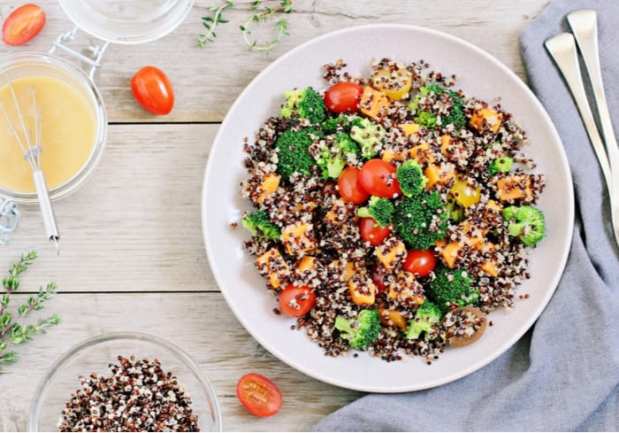Meal Planning Subscriptions Aim To Tackle Food Waste

Entrepreneurs often start businesses based on their own knowledge. Ends+Stems Founder Alison Mountford, for instance, began her company with years of experience as a chef-entrepreneur. She was inspired to tackle food waste when the earliest reports from the NRDC showed its impact on the environment. As she told PYMNTS in an interview, as a food entrepreneur, “the idea of wasting food was crazy.”
The model for Ends+Stems came a little while later, after Mountford was Instagramming and blogging. She put out a survey in which nearly 1,000 families were asked a variety of questions. The majority of families said their biggest culinary stress was deciding what to cook. It was “actually the emotional labor of choosing a recipe” that they felt was too time-consuming and made it difficult to put a home-cooked dinner on the table, Mountford noted.
When she presented facts about food waste and asked if they would like to make a change, they cited a lack of extra time as a reason for not tackling the problem. But she thought if she could leverage her experience and tell people what to cook and how to reduce food waste without a lot of effort, it would be a win-win. The idea morphed into a web app, which has been out for a week and serves as “a meal planning subscription service,” Mountford said.
The Sign-Up Process
The first two weeks of the subscription service are free, as Mountford wants to get people onto her platform to experience all of its benefits. Consumers sign up with their email addresses. Although they do enter their payment information, they are not charged for two weeks. Ends+Stems is not alone: Seven in 10 – or 70 percent – of top performers in the PYMNTS Subscription Commerce Conversion Index offered free trials in Q4 of 2018. For payment, the company accepts credit cards and debit cards.
To start, consumers choose an omnivore or vegetarian track, as well as their default number of household servings, which they can change weekly for each recipe. They can look at the three recipes each week and decide whether they want to cook those meals. If they don’t like one of the dishes, they can select a dish to make in its place. Consumers can also access a grocery list that will show all the ingredients compiled together.
The Home Cooking Market
Even in the age of meal kit offerings, Mountford doesn’t think home cooking is going anywhere for a long time. She also pointed out that part of the problem with meal kits is the plastic and mailing waste – even those who don’t subscribe to a zero-waste policy may feel overwhelmed by the number of ice packs and the lack of recycling. It also takes people outside of their communities: If they are getting items in their meal kits, they won’t be shopping at a farmers market or a mom-and-pop grocery store. With Mountford’s plan, consumers get easy recipes chosen for them, complete with beautiful pictures. The service also seeks to reduce food waste by using ingredients that might otherwise be thrown out, such as radish tops.
Mountford noted that she is a solo, self-funded, non-tech founder. She believes that 10 years ago – or maybe even not that long ago – it would have been harder for someone without any coding ability to put her concept into motion. At a point where everyone uses technology in their daily lives, she noted that one doesn’t have to understand how to build a technology product to optimize a user experience or draw up wireframes. Mountford, for instance, drew her plans with a Sharpie and a stack of computer paper, and then communicated with web developers who created a custom website that functions like an app.
With the help of web apps and subscriptions, solo entrepreneurs are aiming to provide consumers with an easier, less friction-filled way to prepare dishes through meal planning services.
